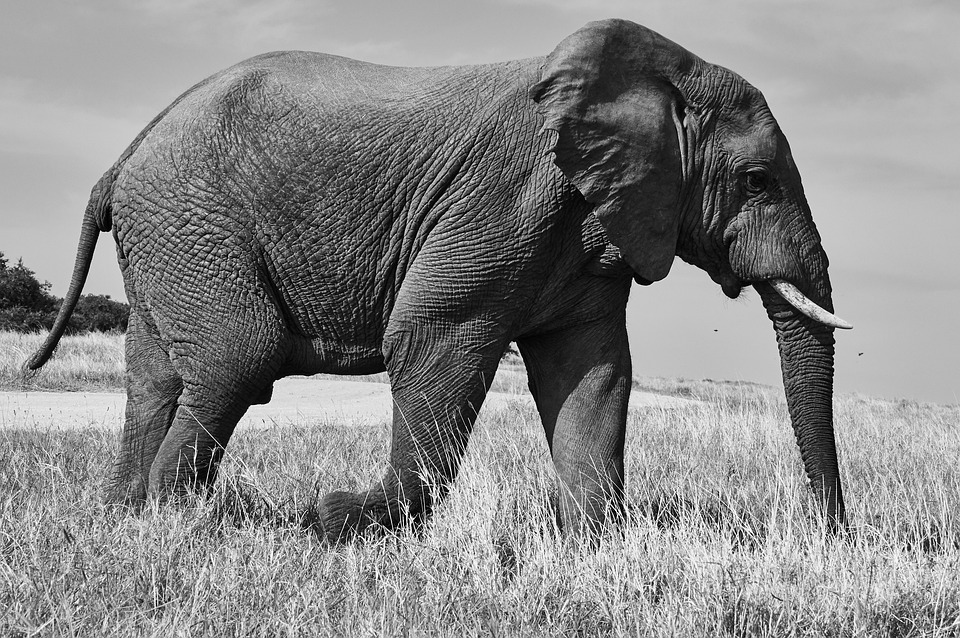The world is currently facing a dire situation with the rapid spread of H5N1, a highly contagious and deadly strain of avian influenza. This outbreak is the largest ever seen, and scientists are warning that it poses an existential threat to the world’s biodiversity. The virus has already impacted hundreds of bird and mammal species, with devastating consequences for wildlife populations globally.
The outbreak of H5N1 was caused by human activities, specifically the interaction between wild birds and domestic poultry. The virus originated in Europe in 2020 and has since spread globally, carried by migrating birds along their migratory pathways. The close proximity of industrial-scale poultry farms to wetlands where migrating birds congregate has facilitated the rapid spread of the virus.
The toll on wildlife has been immense, with some species pushed to the brink of extinction. Seabirds, in particular, have been hard hit by the virus, with significant declines in populations observed in various locations. The virus has also affected marine mammals, with mass mortalities reported among seals and sea lions.
The threat to humans is also increasing, with cases of H5N1 infection reported in individuals who work closely with livestock. The World Health Organization has warned of the potential for the virus to spillover into human populations, raising concerns about a possible human pandemic.
The evolution of the virus is a cause for concern, as it has shown the ability to spread between mammals and evolve into more virulent and transmissible strains. The virus’s resilience and ability to survive in various environments make it a formidable foe, with the potential to cause widespread devastation.
Efforts to control the spread of H5N1 include surveillance, vaccination of poultry, and a One Health approach that considers the interconnectedness of human, animal, and environmental health. However, challenges remain in implementing effective strategies to prevent future pandemics and protect wildlife populations.
In conclusion, the current outbreak of H5N1 represents a significant threat to global biodiversity and human health. Urgent action is needed to address the root causes of the outbreak and prevent further spread of the virus. The world must come together to combat this global crisis and protect the delicate balance of nature.





